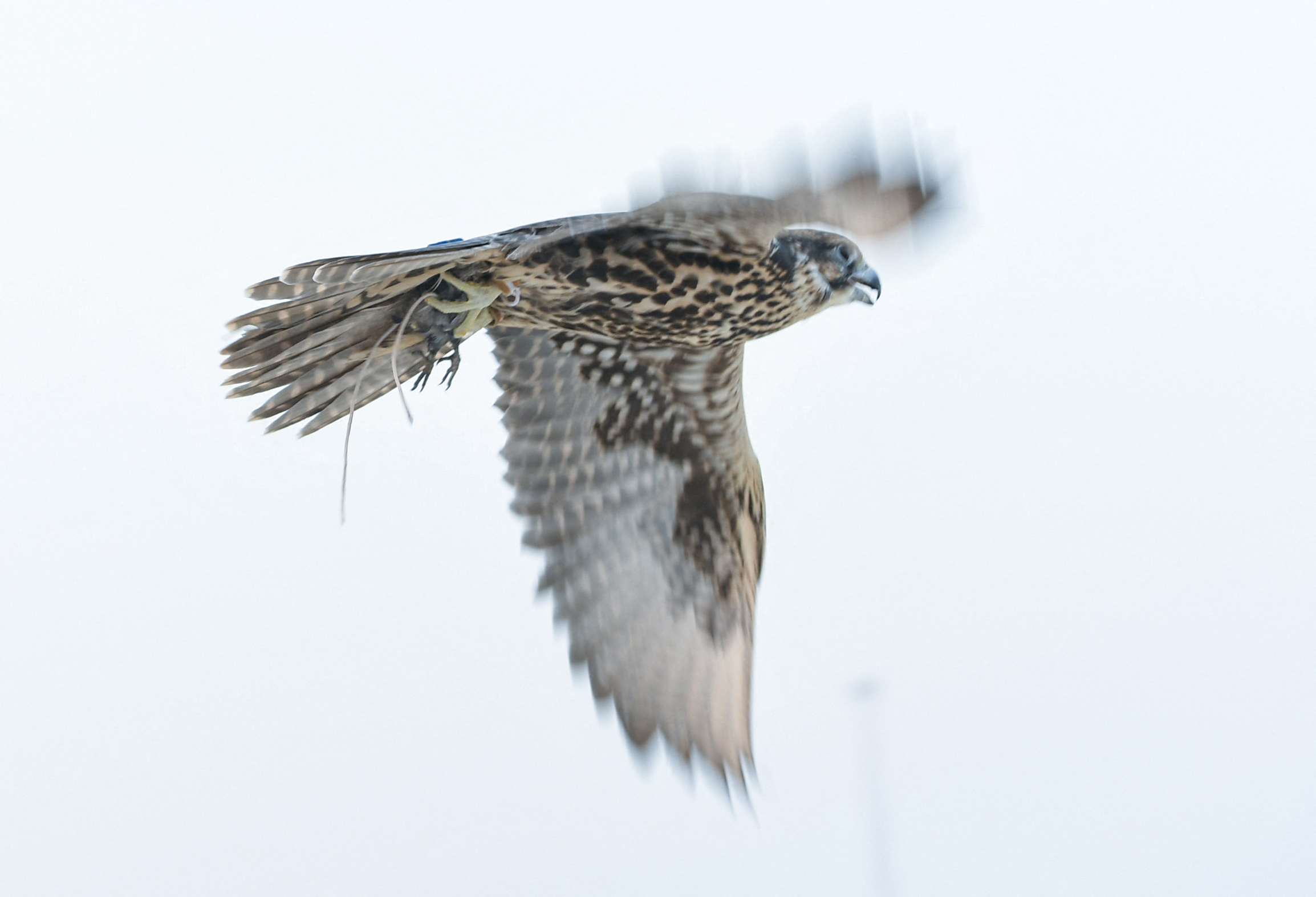
The ongoing initiative to bolster Houbara bustard populations has seen a significant development with the release of half a million birds into their natural habitats. This ambitious project aims to address the declining numbers of this critically endangered species and restore ecological balance.
The Houbara bustard, a bird native to the arid regions of North Africa and the Middle East, has faced severe population declines due to habitat loss, hunting, and climate change. The project, spearheaded by several conservation organizations and supported by government agencies, seeks to reintroduce captive-bred birds into the wild to boost the population and ensure the species’ survival.
This release marks one of the largest efforts of its kind in recent years, with the hope of creating a sustainable population of Houbaras that can thrive in their natural environment. The birds, which have been bred in captivity under controlled conditions, are released in phases to acclimate them gradually to the wild.
Conservationists emphasize that the success of this initiative depends not only on the number of birds released but also on the effectiveness of post-release monitoring and habitat management. Teams are deployed to track the birds’ adaptation to their new environment and to address any challenges they may face.
The project is a collaboration between international wildlife organizations, regional governments, and local conservation groups. It involves detailed planning and execution, including habitat assessment, disease management, and community engagement. By focusing on both the biological and socio-economic aspects of conservation, the initiative aims to ensure long-term sustainability.
Recent studies highlight the importance of such large-scale reintroduction efforts in reversing the decline of endangered species. For the Houbara bustard, this approach represents a critical step toward stabilizing and eventually increasing its population. The project also contributes to broader conservation goals, such as preserving biodiversity and restoring ecological integrity in the regions where Houbaras are found.
Despite the ambitious scope of the project, challenges remain. The success of the release will depend on ongoing efforts to protect the newly introduced birds from threats such as poaching and habitat destruction. Additionally, the adaptability of the captive-bred Houbaras to wild conditions is a key factor in determining the overall effectiveness of the initiative.
____________________________________
This article first appeared on Greenlogue and is brought to you by Hyphen Digital Network




